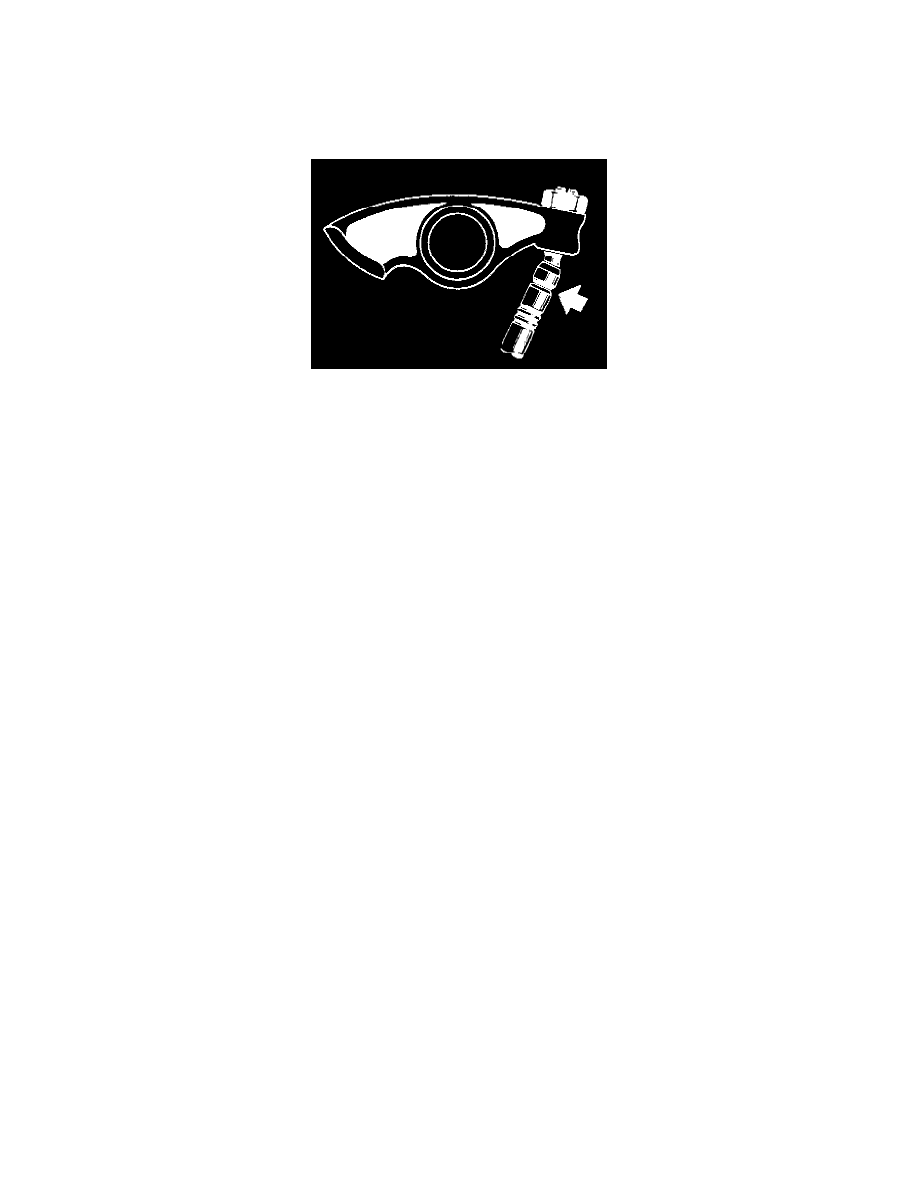911 SC Cabriolet F6-2994cc 3.0L SOHC (1983)

Valve Clearance: Adjustments
Checking and adjusting valve clearance
Special tool required: P 213 Feeler gauge
Always check or adjust valve clearance when the engine is cold and outside temperature in the region of 20°C (68°F).
The prescribed clearances should be most carefully adhered to, and must be checked at recommended intervals. Check clearances with the feeler
gauge only between the valve stem and the valve cap, which is in the form of a spherical socket.
Valve clearance with engine cold:
Intake: 0.1 mm (.0039")
Exhaust: 0.1 mm (.0039")
Inaccurate setting of valve clearances may have the following effects:
Insufficient clearance:
Burnang of valves or valve seats
Distortion of valve stems
Irregular running of engine
Alterations to engine timing.
Excessive clearance:
Increase in noise from valve gear
Rapid wear on valve gear components
Irregular running of engine
Alterations to engine timing.
The valves are correctly adjusted when each valve seats correctly with no undue play in the valve guides or pounding of valve stem ends.
Reground or returned valve seats will bed down while the engine is running. In this case valve clearances 0.15 mm (.0059") in excess of normal
should be set for a half-hour engine test run.
Following the test run or before the performance of the engine is checked the valve clearances should be reduced to the normal values stated above.
Adjustment of valve clearances
It is desirable for valve clearances to be checked in the firing order 1-6-2-4-3-5. The piston of the appropriate cylinder must be at TDC, at which point
both valves will be closed. TDC markings for each cylinder are to be found on the belt pulley.
